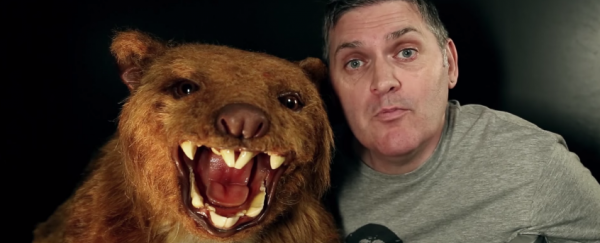
Up until the end of the last Ice Age, giant mammals, known as megafauna, roamed the Earth, and they made todays predators look like Chihuahuas. There were wombats the size of cows, giant sloths that stood more than 5-metres high, and 100-kg marsupial lions. So what happened to them?
As evolutionary biologist Darren Curnoe from the University of New South Wales (UNSW) in Australia explains in the latest episode of 'How Did We Get Here', it remains one of the world's oldest forensic cold cases.
Fossil records show that between 50,000 and 10,000 years ago, all of Earth's megafauna died out. In fact, 200 species of mammals went extinct worldwide during that period, including the Neanderthals and several of our other close relatives.
And while many scientists believe humanity drove these species to extinction, another group of researchers believes that climate change caused the die-off.
As Curnoe explains, there's plenty of evidence that our ancestors hunted megafauna extensively at the end of the last Ice Age. And as a result of their slow reproductive cycles, it makes sense that they couldn't keep up with the pressure and could have been driven to extinction.
But there were also huge fluctuations in climate at the time, which could have caused the megafauna's food sources to run out and led to large-scale habitat loss. The problem with this hypothesis is that there's no evidence of unusual climate activity on a global scale, which makes it harder to explain why the die-off was planet-wide.
Although the verdict is still out, Curnoe has a pretty good idea of what may more realistically have wiped out so many of these giant creatures - we'll let you watch the video above to find that out, and don't forget to subscribe to UNSW TV to get new episodes as they go live. Let's just hope we're not about to make the same mistake again.
Love science? Find out more about the world-leading research happening at UNSW Science.
